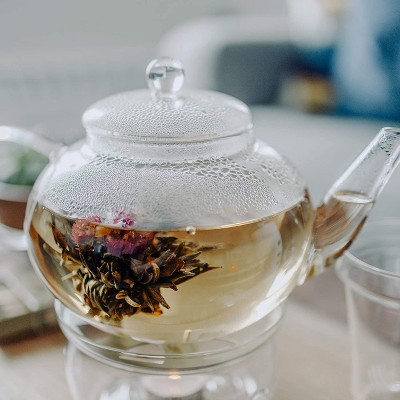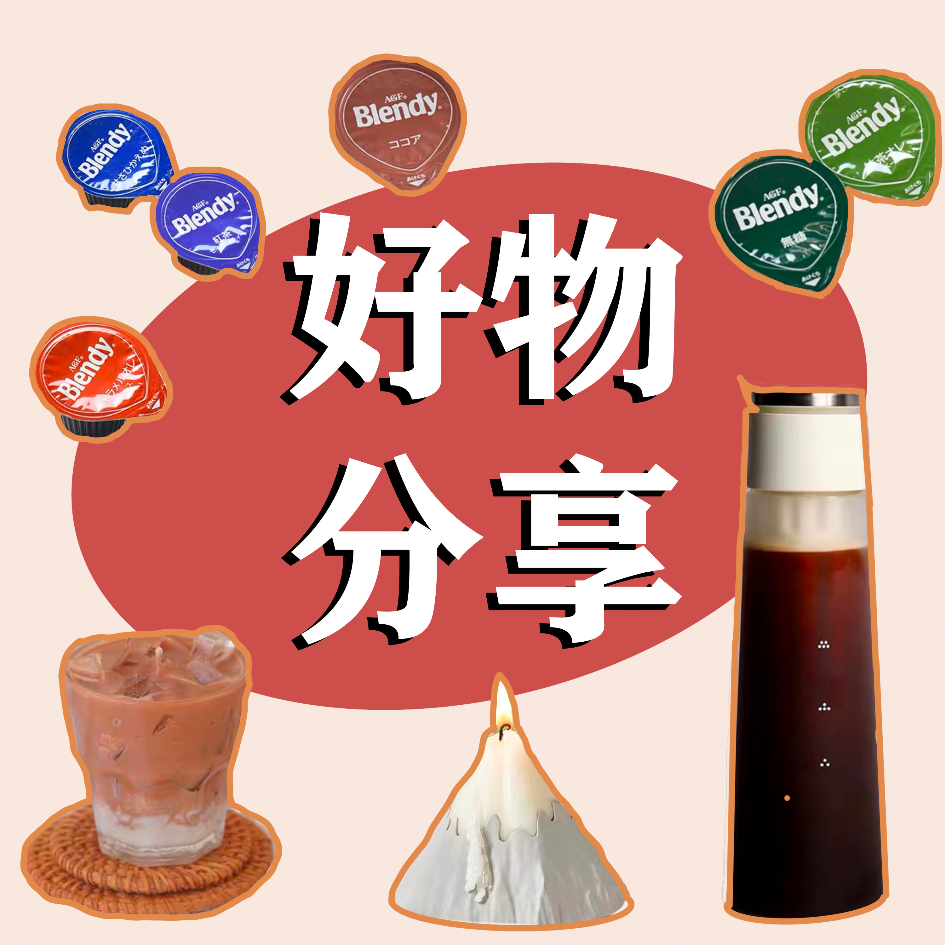How many years of history is the origin of Chinese tea? tea mainly goes through those three development processes.
According to the records of the Huayang Kingdom, when the emperor Wu Zhou conquered the Shang Dynasty around 1057 BC, tea entered the Central Plains and spread as a tribute to the southwest. Due to the inconvenient transportation at that time, the southwest was far away from the Central Plains, and when the tribute tea arrived in the capital, the tea was not fresh, so people had to process the tea to make dry tea. So, what are these dried teas for? Food, medicine or drink? It's not mentioned in this book. However, according to the records of "Yanzi Spring and Autumn" during the Spring and Autumn and warring States period, Yan Ying, a statesman of Qi, often ate "famous dishes". Therefore, we can infer that tea was originally used as a kind of food in the southwest, and it was also introduced into the Central Plains as a food.
In addition, "drinking tea" rather than "drinking tea" is recorded in the Divine Pesticide Code, indicating that in the Qin and Han dynasties, people have discovered the refreshing function of tea and began to record it. Therefore, we can say that, at least before the Qin Dynasty, tea was not used as a beverage, but as food and medicine and has been greatly promoted and popularized. However, it is not far-fetched to regard tea as food and medicine, because traditional Chinese medicine has always emphasized the use of herbs to maintain good health, including dietotherapy. "anything that can be eaten can be used as medicine."
Han Dynasty: tea as herbal medicine and beverage
In the Han Dynasty, the function and status of tea had a new breakthrough, but also changed. During the Qin and Han dynasties, people began to pay attention to the dietotherapy function of tea, and the thirst-quenching function of tea as a beverage began to be looked for and valued by people. Tea has gradually become an indispensable beverage in people's daily life. But it has been found that the value of tea as a drink is not accidental; it should be attributed to its therapeutic function. According to the survey, it is in the process of studying the detoxification and digestive function of tea that people realize the thirst-relieving and refreshing function of tea. Since then, tea has entered people's daily life as an herb and drink, mainly steamed.
According to Sima Xiangru's records, tea became one of the Chinese herbal medicines in the early Western Han Dynasty because of its curative effect. According to the records of Hua Tuo's Theory of Food and Zeng Guang's Divine Pesticide Code in the Eastern Han Dynasty, the main therapeutic effect of tea in the Han Dynasty is to have a deeper understanding of refreshing.

Wei, Jin, Southern and Northern dynasties: the early stage of Tea Culture
Until the Wei, Jin, Southern and Northern dynasties, the records of tea became very rich, which shows that tea as a beverage has entered people's daily life more deeply. During this period, tea as a pure drink was widely accepted, people gradually linked it with the inner world, and began to have cultural connotations. The special historical conditions of the Wei, Jin, Southern and Northern dynasties promoted the connection between tea and Chinese traditional Taoism and Confucianism, and tea culture began to sprout.
1) the panacea of Taoism
During the Wei, Jin, Southern and Northern dynasties, the society was in unrest and the regime changed frequently. People are disappointed with the reality and are deeply influenced by Taoism, so the atmosphere of taking medicine for longevity has been formed in the whole society, especially among the literati, royalty and aristocracy.
In the early Wei and Jin dynasties, people usually took pills made of metal and stone in order to live longer. One of the popular medicines was Wu Kuang San, which was made of five minerals. However, according to many historical records, people often suffer severe pain or even die after taking Wushi Mountain. As a result, people at that time also took herbs. In this process, people gradually realized that tea has the magical effect of prolonging life, and began to use it as a panacea for prolonging life. People in the Wei and Jin dynasties drank a lot of tea in the hope of improving their health, which showed their desire for longevity. At first, this pursuit was limited to physical health, but later developed into the pursuit of physical and mental harmony, close to the Taoist thought and concept of self-cultivation.
2) Confucian "seeking sincerity with tea"
When tea was associated with the immortal thought of Taoism, it was attached to Confucianism and led people's frugal way of life at that time. The thoughts advocated by Confucianism, such as "poverty but righteousness, meritorious service" and "diligence and thrift", were deeply rooted in people's hearts during the Wei, Jin, Southern and Northern dynasties, and integrated with tea tasting, creating the tradition of "seeking sincerity with tea" in tea culture. Contrary to the luxurious way of life at that time, many people expressed their lofty aspirations with tea, showing their frugality. For example, Luna entertained guests with tea; Emperor Qi Wudi used tea as a sacrifice; Huan Wen mixed tea with rice and so on.
First of all, we would like to clarify the reason why tea was regarded as a symbol of frugal life in the social atmosphere at that time. First of all, it is widely accepted by the upper and lower classes; more importantly, it is very cheap. In other words, the connection between tea and frugality is not because of the material attribute of tea itself, but because the social attribute of tea, that is, the market price of tea plays a decisive role. However, the promotion of this connection should still be attributed to the scholar-officials who were deeply influenced by Confucianism, who linked the social attribute of tea with the Confucian thought of "poverty but righteousness, meritorious service" and "diligence and thrift". It created the Confucian tradition of "advocating honesty with tea" in tea culture.
Therefore, as a beverage, tea is associated with Chinese traditional Taoism and Confucianism, which marks the sprout of tea as a cultural phenomenon in history.
Important Notice :
前街咖啡 FrontStreet Coffee has moved to new addredd:
FrontStreet Coffee Address: 315,Donghua East Road,GuangZhou
Tel:020 38364473
- Prev

Coffee sharing | still drinking 30 cups of coffee? Look at these good things to save you 100 million!
As a worker with no money, Dading seldom goes out for coffee (unless the boss pays me to visit the store). Today, let's take a look at how heavy coffee lovers are careful about drinking coffee. Please always believe in a person who saves money to share coffee and good things ~ say important things three times: no advertising in the whole process! There is no advertisement in the whole process! There is no advertisement in the whole process!
- Next

What are the characteristics of good tea after brewing? Where is the production place of alpine tea in China?
If you are an experienced tea drinker, you will certainly question what determines the price of tea during your tea trip. If you are entering the vast world of tea, the problem may only just begin. In today's blog post, we will discuss the five signs of tea quality, which in turn may determine the price of tea. Five marks of tea quality 1: variety. Cultivation
Related
- Beginners will see the "Coffee pull flower" guide!
- What is the difference between ice blog purified milk and ordinary milk coffee?
- Why is the Philippines the largest producer of crops in Liberia?
- For coffee extraction, should the fine powder be retained?
- How does extracted espresso fill pressed powder? How much strength does it take to press the powder?
- How to make jasmine cold extract coffee? Is the jasmine + latte good?
- Will this little toy really make the coffee taste better? How does Lily Drip affect coffee extraction?
- Will the action of slapping the filter cup also affect coffee extraction?
- What's the difference between powder-to-water ratio and powder-to-liquid ratio?
- What is the Ethiopian local species? What does it have to do with Heirloom native species?

